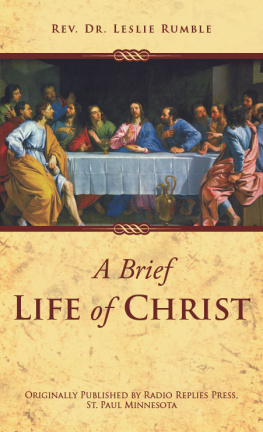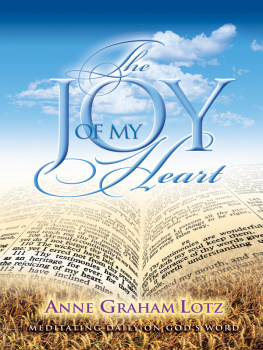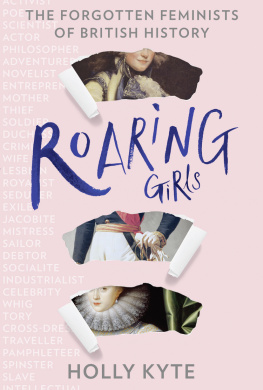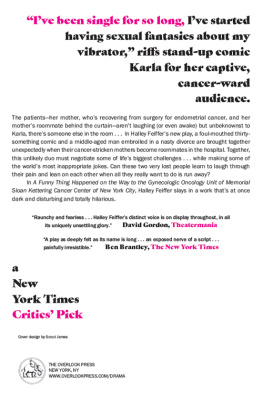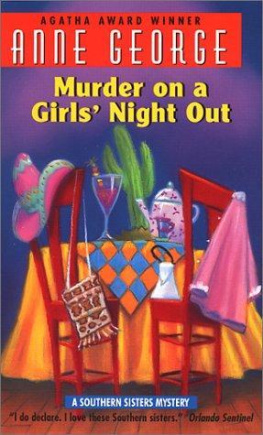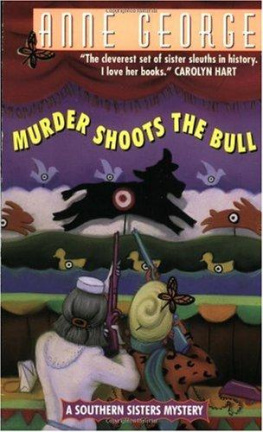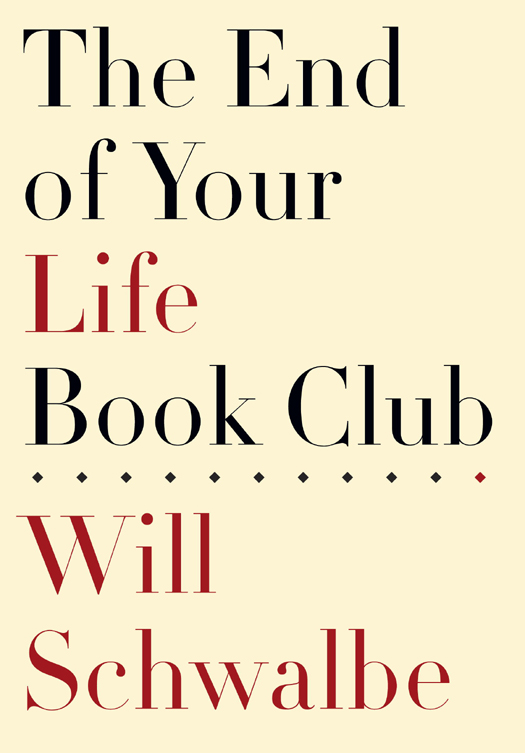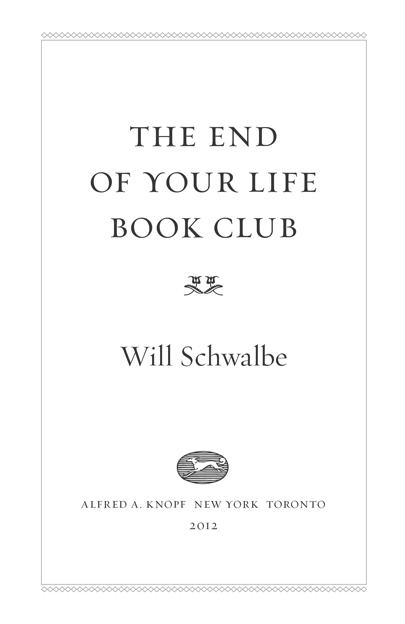THIS IS A BORZOI BOOK
PUBLISHED BY ALFRED A. KNOPF AND
ALFRED A. KNOPF CANADA
Copyright 2012 by Will Schwalbe
All rights reserved. Published in the United States by Alfred A. Knopf, a division of Random House, Inc., New York, and in Canada by Alfred A. Knopf Canada, a division of Random House of Canada Limited, Toronto.
www.aaknopf.com
www.randomhouse.ca
Knopf, Borzoi Books, and the colophon are registered trademarks of Random House, Inc. Knopf Canada and colophon are trademarks.
Owing to limitations of space, all acknowledgments for permissions to reprint previously published material may be found at the end of the volume.
Library of Congress Cataloging-in-Publication Data
Schwalbe, Will.
The end of your life book club / by Will Schwalbe. 1st ed.
p. cm.
1. CancerpatientsUnited StatesBiography. 2. CancerPatients
United StatesFamily relationships. I. Title.
RC265.5.S39 2012
616.9940092dc23
[B] 2012018989
Library and Archives Canada Cataloguing in Publication
Schwalbe, Will
The end of your life book club / Will Schwalbe.
eISBN: 978-0-307-96111-2
1. Schwalbe, Mary Anne. 2. Schwalbe, WillFamily. 3. Schwalbe, Mary AnneBooks and reading. 4. Schwalbe, WillBooks and reading. 5. EducatorsUnited StatesBiography. 6. Cancer PatientsUnited StatesBiography. I. Title.
LA2317.S38S38 2012 370.92 C2012-902055-9
Jacket design by Carol Devine Carson
v3.1
My sister, my brother, and I all had extraordinary times and
conversations with our mother throughout her life and during
her last years. Dad spent more time with her than anyone
over decades of marriage and at the endand his care for her,
and their love for each other, inspired all of us.
What follows is my story. If its mostly about Mom and me,
and less about my father and siblings, thats only because
I believe that their stories are theirs to tell,
if and when they choose.
This book is dedicated with love and gratitude
to Nina, Doug, and Dad
and David.
CONTENTS
AUTHORS NOTE
I didnt know I was going to write this book while we were living through most of the events in it. So Ive had to rely on my memory, along with notes I scribbled randomly; papers, lists, speeches, and letters that Mom gave me; emails between us; the blog we kept; and help from family and friends. Im certain that Ive occasionally muddled chronology and facts and confused some conversations. But Ive tried to be true to the spirit rather than the letter of our discussions and to give an honest depiction of what we went through together. Mom would say: Do your best, and thats all you can do. I hope I have.
Crossing to Safety
W e were nuts about the mocha in the waiting room at Memorial Sloan-Ketterings outpatient care center. The coffee isnt so good, and the hot chocolate is worse. But if, as Mom and I discovered, you push the mocha button, you see how two not-very-good things can come together to make something quite delicious. The graham crackers arent bad either.
The outpatient care center is housed on the very pleasant fourth floor of a handsome black steel and glass office building in Manhattan on the corner of 53rd Street and Third Avenue. Its visitors are fortunate that its so pleasant, because they spend many hours there. This is where people with cancer wait to see their doctors and to be hooked up to a drip for doses of the life-prolonging poison that is one of the wonders of the modern medical world. By the late autumn of 2007, my mother and I began meeting there regularly.
Our book club got its formal start with the mocha and one of the most casual questions two people can ask each other: What are you reading? Its something of a quaint question these days. More often in lulls of conversation people ask, What movies have you seen? or Where are you going on vacation? You can no longer assume, the way you could when I was growing up, that anyone is reading anything. But its a question my mother and I asked each other for as long as I can remember. So one November day, while passing the time between when they took Moms blood and when she saw the doctor (which preceded the chemo), I threw out that question. Mom answered that she was reading an extraordinary book, Crossing to Safety by Wallace Stegner.
Crossing to Safety, which was first published in 1987, is one of those books Id always so intended to read that I spent years pretending not only that Id actually read it but also that I knew more about its author than that hed been born in the early years of the twentieth century and wrote mostly about the American West. I worked in book publishing for twenty-one years and, in various conversation lulls, got into the habit of asking people, especially booksellers, the name of their favorite book and why they loved it so much. One of the most frequently named books was and is always Crossing to Safety.
Raving about books I hadnt read yet was part of my job. But theres a difference between casually fibbing to a bookseller and lying to your seventy-three-year-old mother when you are accompanying her for treatments to slow the growth of a cancer that had already spread from her pancreas to her liver by the time it was diagnosed.
I confessed that I had not, in fact, read this book.
Ill give you my copy when Im finished, said my mother, who was always much thriftier than I am.
Thats okay, I have a copy, I told her, which was, in fact, true. There are certain books that I mean to read and keep stacked by my bedside. I even take them on trips. Some of my books should be awarded their own frequent-flier miles, theyve traveled so much. I take these volumes on flight after flight with the best of intentions and then wind up reading anything and everything else (SkyMall! Golf Digest!). Id brought Crossing to Safety on so many trips and returned it to my bedside unread so many times that it could have earned at least one first-class ticket to Tokyo on Japan Airlines.
But this time it would be different. That weekend I started it, and then, at about page twenty or so, the magical thing occurred that happens only with the very best books: I became absorbed and obsessed and entered the Cant you see Im reading? mode. For those of you who havent read Crossing to Safety (or are still pretending to have read it), its a story about the lifelong friendship of two couples: Sid and Charity, and Larry and Sally. At the start of the novel, Charity is dying of cancer. So once I read it, it was natural that I would want to talk about it with Mom. The novel gave us a way to discuss some of the things she was facing and some of the things I was facing.
Do you think hell be all right? I would ask her, referring to Sid, who is very much alone at the end.
Of course itll be tough on him, but I think hell be fine. Im quite sure of it. Maybe not right away. But hell be fine, she would answer, also referring to Sid but perhaps to my father as well.
Books had always been a way for my mother and me to introduce and explore topics that concerned us but made us uneasy, and they had also always given us something to talk about when we were stressed or anxious. In the months since her diagnosis, wed started talking more and more about books. But it was with


